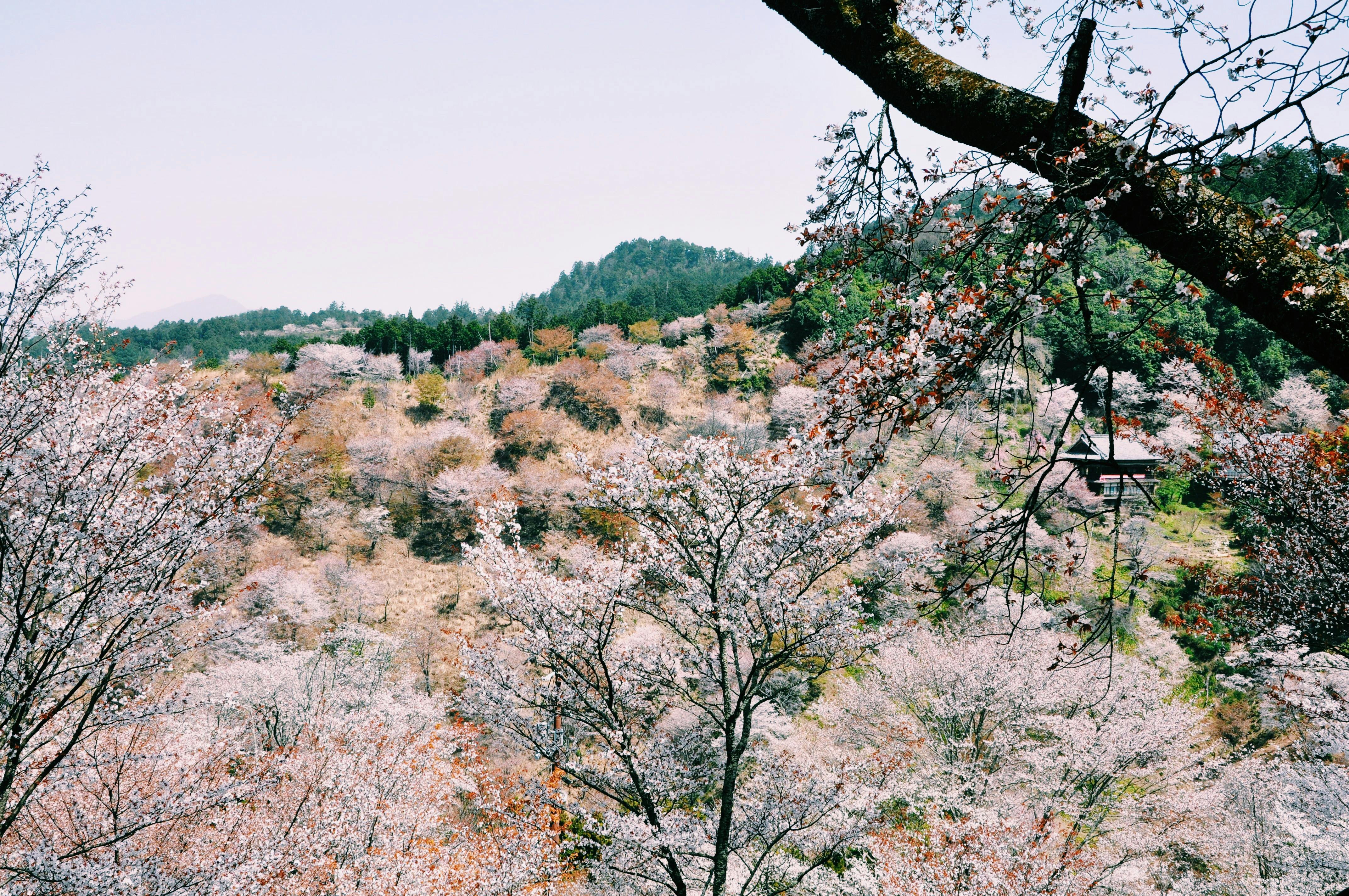Building a garden bed on a slope can be a challenging task, but with careful planning and preparation it can be done. Whether you are starting from scratch or renovating an existing garden bed, there are some simple steps you can take to ensure your garden bed is built correctly. In this guide, we will discuss the best practices for constructing a garden bed on a slope and provide helpful tips on how to make the process easier.To build a garden bed on a slope, you will need the following materials: landscape fabric, landscape edging, soil mix, plants, mulch, gravel or rocks, and tools such as shovels, rakes and trowels. You may also need additional equipment such as a wheelbarrow or level for leveling the soil.
Preparing the Site for a Garden Bed on a Slope
Preparing the site for a garden bed on a slope is an important step when creating your outdoor garden. It is essential to ensure that the soil is properly prepared and well drained to avoid water runoff and erosion. To begin, identify the type of soil you have on your slope and determine what amendments, if any, are necessary. Loamy soils are ideal for gardening as they contain good amounts of organic matter which help retain moisture and provide nutrients. If clay or sandy soils are present, mix in some organic matter
Designing Your Garden Bed on a Slope
Creating a garden bed on a slope can be challenging, but with a little bit of planning and creativity, you can create an attractive garden that takes advantage of the sloped terrain. Before you begin, it is important to consider the size and shape of the garden bed as well as the type of plants and soil you will use. Here are some tips for designing your garden bed on a slope:
Opt for Terracing
Terracing is an effective
Laying Out the Edging for Your Garden Bed
Creating an attractive garden bed requires more than just a bit of soil and some plants. Edging is a great way to define your garden bed and can add an extra touch of style to your outdoor space. Laying out the edging for your garden bed is not difficult but does require some planning.
The first step to creating a great looking garden bed is to decide on the shape you want it to be. The simplest form is a square or rectangular shape, but you can also opt for curves or other
https://images.pexels.com/photos/9116767/pexels-photo-9116767.jpeg
Adding Compost and Soil to Your Garden Bed
Adding compost and soil to your garden bed is an essential part of maintaining a healthy garden. Compost is a great way to improve the soil structure, add nutrients, and increase the fertility of your garden. Soil helps to retain moisture and provides a stable base for plants to grow. When adding compost and soil to your garden bed, it is important to select the right type of material for your needs.
Organic compost is typically made from decaying plant matter such as leaves, grass clippings

Planting Seeds or Seedlings in Your Garden Bed
Gardening can be a great way to bring beauty, color, and life to your outdoor space. Whether you choose to plant seeds or seedlings in your garden bed, the process is fairly similar. First, you will need to prepare your soil. This includes loosening up the soil with a rake and removing any large rocks or debris. Then, you will need to mix in some organic material such as compost or manure to improve drainage and nutrient availability. Once the soil is ready, it’s time
Mulching the Garden Bed
Mulching is an important part of caring for your garden. It helps protect your plants from extreme temperatures, conserve water, suppress weeds, and add nutrients to the soil. When mulching, it’s important to use the right type of mulch and cover a large enough area. Organic mulches like wood chips, bark chips, compost, and shredded leaves are great for your garden bed as they break down over time and provide essential nutrients to the soil. Spread the mulch around two to three inches thick and make sure to pull it
Maintaining a Sloped Garden Bed
Maintaining a sloped garden bed is not easy. It requires careful planning and preparation to ensure the plants, soil and drainage are all in balance. Here are some tips to help you keep your sloping garden looking its best.
Choosing Plants
When selecting plants for a sloping garden bed, it is important to consider the soil type, drainage and sunlight exposure. Choose plants that are well suited to your climate and will thrive in the conditions

Conclusion
Creating a garden bed on a slope requires careful planning and careful execution. Paying attention to the slope and soil conditions is essential for ensuring a successful garden bed.
When designing a garden bed on a sloped area, it is important to consider how water will drain from the area and how different plants will be affected by the slope. Soil type and condition must also be taken into account in order to ensure that plants will thrive in the area.
In addition, it is important to select appropriate materials for building the garden bed, taking into account their
